Description
hardware flow control. It is an ideal choice in the field of industrial automation.
(5) Perform predictive maintenance, analyze machine operating conditions, determine the main
causes of failures, and predict component failures to avoid unplanned downtime.
Traditional quality improvement programs include Six Sigma, Deming Cycle, Total Quality Management (TQM), and Dorian Scheinin’s
Statistical Engineering (SE) [6]. Methods developed in the 1980s and 1990s are typically applied to small amounts
of data and find univariate relationships between participating factors. The use of the MapReduce paradigm to simplify data processing in
large data sets and its further development have led to the mainstream proliferation of big data analytics [7]. Along with the development of
machine learning technology, the development of big data analytics has provided a series of new tools that can be applied to manufacturing
analysis. These capabilities include the ability to analyze gigabytes of data in batch and streaming modes, the ability to find complex multivariate
nonlinear relationships among many variables, and machine learning algorithms that separate causation from correlation.
Millions of parts are produced on production lines, and data on thousands of process and quality measurements are collected for them, which is
important for improving quality and reducing costs. Design of experiments (DoE), which repeatedly explores thousands of causes through
controlled experiments, is often too time-consuming and costly. Manufacturing experts rely on their domain knowledge to detect key
factors that may affect quality and then run
DoEs based on these factors. Advances in big data analytics and machine learning enable the detection of critical factors that effectively
impact quality and yield. This, combined with domain knowledge, enables rapid detection of root causes of failures. However,
there are some unique data science challenges in manufacturing.
(1) Unequal costs of false alarms and false negatives. When calculating accuracy, it must be recognized that false alarms
and false negatives may have unequal costs. Suppose a false negative is a bad part/instance that was wrongly predicted to
be good. Additionally, assume that a false alarm is a good part that was incorrectly predicted as bad. Assuming further that
the parts produced are safety critical, incorrectly predicting that bad parts are good (false negatives) can put human lives
at risk. Therefore, false negatives can be much more costly than false alarms. This trade-off needs to be considered when
translating business goals into technical goals and candidate evaluation methods.
Excitation system ABB module NTU-7C2
Excitation system ABB module NTU-7C1
Excitation system ABB module NTU-7B2/A
Excitation system ABB module NTU-7B1/A
Excitation system ABB module NTU-7B1
Excitation system ABB module NTU-7B0
Excitation system ABB module NTU-7A9/M1
Excitation system ABB module NTU-7A9/M0
Excitation system ABB module NTU-7A4/20MA
Excitation system ABB module NTU-7A0/P
Excitation system ABB module NTU-7A0/E
Excitation system ABB module NTU-7A0
Excitation system ABB module NTU-738A
Excitation system ABB module NTU-716/48S3
Excitation system ABB module NTU-716
Excitation system ABB module NTU-715
Excitation system ABB module NTU-7/6/48S1
Excitation system ABB module NTTA01
Excitation system ABB module NTST01
Excitation system ABB module NTST01
Excitation system ABB module NTSM01
Excitation system ABB module NTSE01
Excitation system ABB module NTRO02-A
Excitation system ABB module NTRL03
Excitation system ABB module NTRL02B
Excitation system ABB module NTRL02A
Excitation system ABB module NTRL01
Excitation system ABB module NTR002-A
Excitation system ABB module NTR002-A
Excitation system ABB module NTPL01
Excitation system ABB module NTMU02
Excitation system ABB module NTMU01
Excitation system ABB module NTMP01
Excitation system ABB module NTMP01
Excitation system ABB module NTMF01
Excitation system ABB module NTMF01
Excitation system ABB module NTLS01
Excitation system ABB module NTLS01
Excitation system ABB module NTHS03
Excitation system ABB module NTHS03
Excitation system ABB module NTHS03
Excitation system ABB module NTFB01
Excitation system ABB module NTDRO01
Excitation system ABB module NTDO02
Excitation system ABB module NTDO01
Excitation system ABB module NTDI21-A
Excitation system ABB module NTDI21-A
Excitation system ABB module NTDI02
Excitation system ABB module NTDI01
Excitation system ABB module NTDI01
Excitation system ABB module NTDI01
Excitation system ABB module NTCU01
Excitation system ABB module NTCS04
Excitation system ABB module NTCS04
Excitation system ABB module NTCS02
Excitation system ABB module NTCS01
Excitation system ABB module NTCL01-A
Excitation system ABB module NTCL01
Excitation system ABB module NTCL01
Excitation system ABB module NTCL01
Excitation system ABB module NTCF23
Excitation system ABB module NTCF23
Excitation system ABB module NTCF23
Excitation system ABB module NTCF22
Excitation system ABB module NTCF22
Excitation system ABB module NTCF22
Excitation system ABB module NTCF21
Excitation system ABB module NTCF21
Excitation system ABB module NTCF21
Excitation system ABB module NTCF03
Excitation system ABB module NTCF02
Excitation system ABB module NTCF01
Excitation system ABB module NTAO01
Excitation system ABB module NTAM01
Excitation system ABB module NTAM01
Excitation system ABB module NTAI06
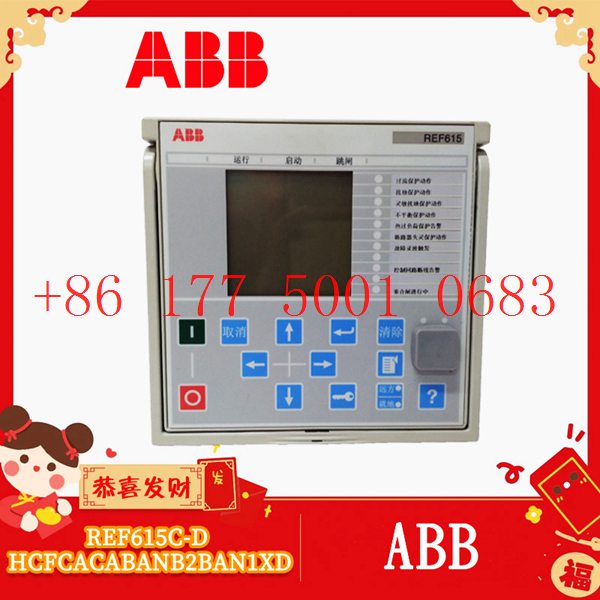
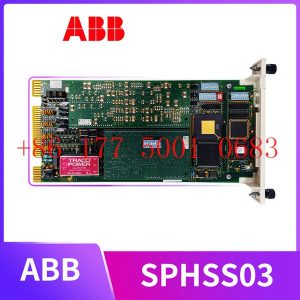
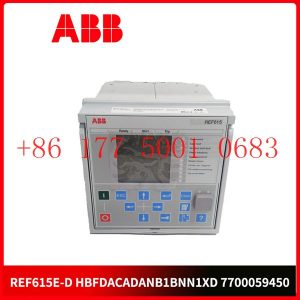
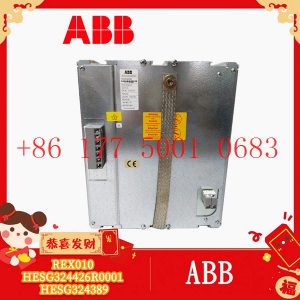
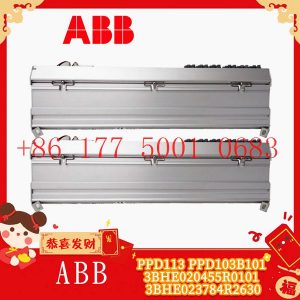




Reviews
There are no reviews yet.